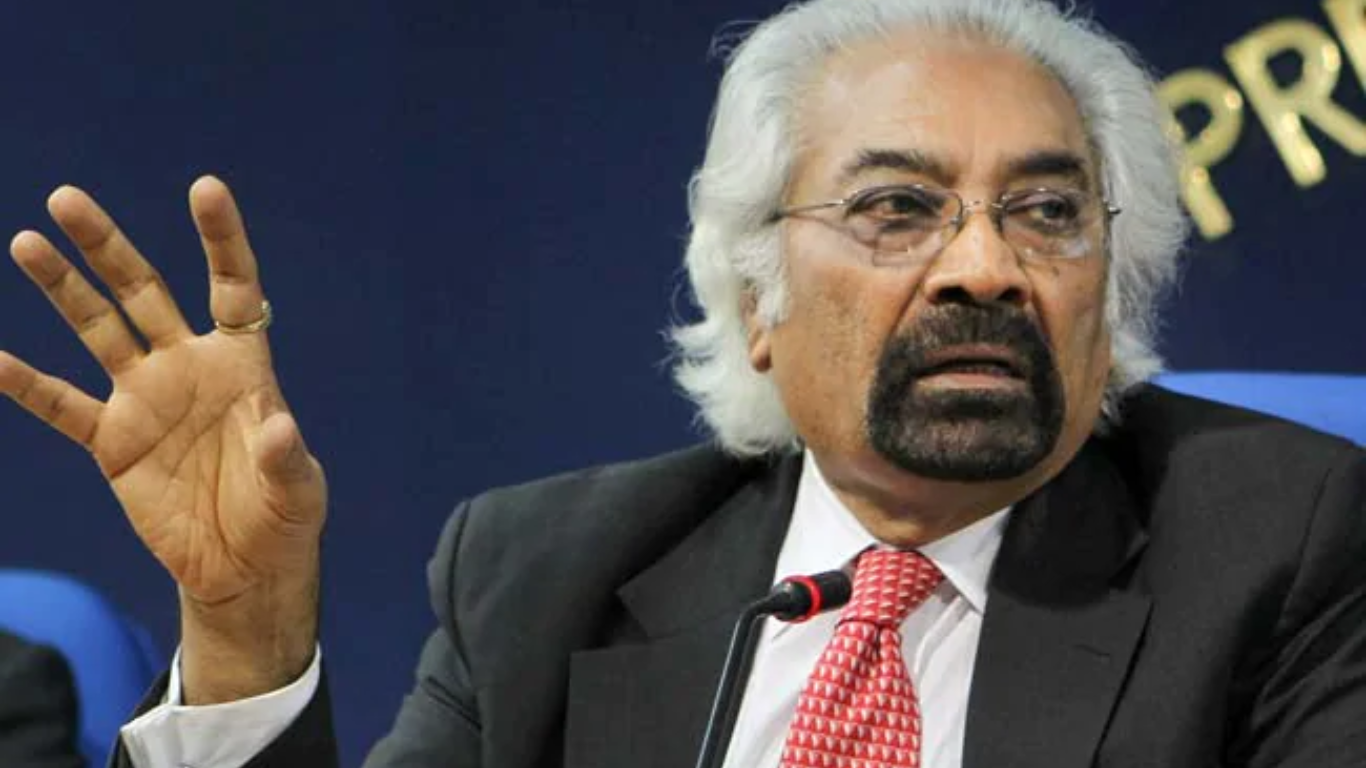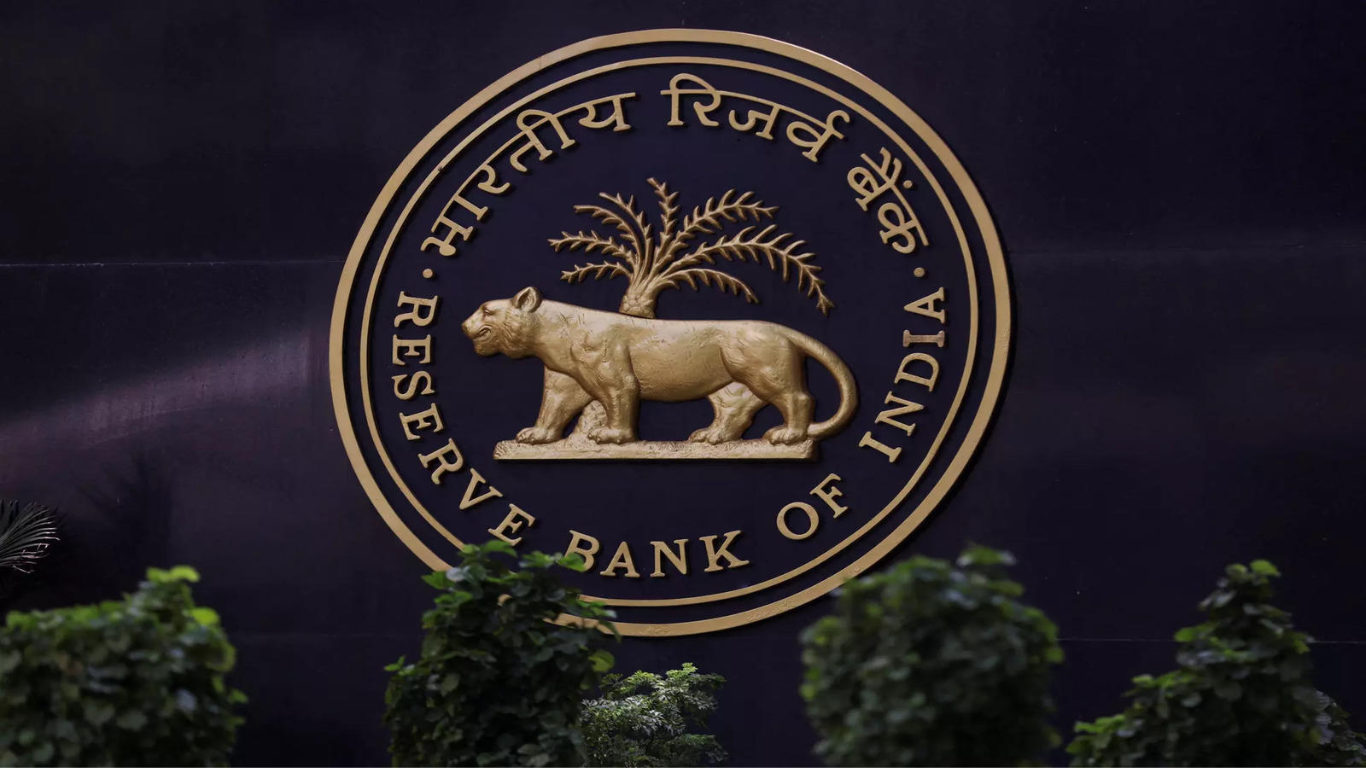Central banks worldwide are anticipated to decrease interest rates between June and July this year to align real rates with pre-Covid levels, as per Morgan Stanley. The investment banking firm indicates that Asian central banks will likely wait for the Federal Reserve to initiate rate cuts in June before implementing their own policy easing measures.
Morgan Stanley has recently revised India’s FY25 GDP growth forecast to 6.8% from 6.5%, citing robust domestic demand, reflected in a 10-year high in bank loan growth. With inflation on a downward trend, real rates in the region are on the rise. However, delays in US Fed rate cuts or supply-related concerns pushing oil prices to USD 110-120 per barrel could pose risks if rate cuts are postponed until the first quarter of 2025 or later, according to Morgan Stanley.
“About 80 per cent of the region’s economies already have inflation within or below the central banks’ target range. For the rest of the region, the gap to the target range is also narrowing, suggesting that the price stability goal is within sight,” the report ‘Asia Economics: The Viewpoint: What if rate cuts are delayed?’ authored by Chetan Ahya, Derrick Y Kam, Jonathan Cheung, said.
If oil prices surge to US$110-120 per barrel within the next 3-4 months due to supply or geopolitical concerns, it could raise apprehensions regarding the inflation outlook. Elevated energy costs would exert upward pressure on headline inflation, potentially introducing upside risks to the inflation forecast. Moreover, prolonged maintenance of nominal policy rates at higher levels could pose downside risks to economic growth.
READ MORE
Afghanistan’s Outreach To India: Land Restoration For Hindus, Sikhs
In India, the Reserve Bank of India (RBI) opted to maintain the status quo on the repo rate during its April meeting, marking the seventh consecutive time it has done so. The repo rate, which denotes the rate at which RBI lends to banks, has been raised by a total of 250 basis points since May 2022, reaching 6.5 percent.
Although retail inflation in India falls within RBI’s comfort zone of 4-6 percent, it remains above the optimal 4 percent level. In February, it stood at 5.09 percent. In its April policy review, the central bank expressed concerns regarding the high temperature forecasts by the Indian Meteorological Department for April-June 2024.
Turning to the United States, the Federal Reserve, during its March meeting, decided to maintain the key interest rate at 5.25-5.50 percent, marking the fifth consecutive time without change. The US central bank is cautious about reducing the target range until it is confident that inflation is steadily moving towards 2 percent.
ALSO READ
Injecting Substance Into The Green Hydrogen Drive





















